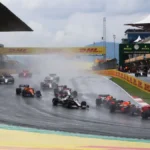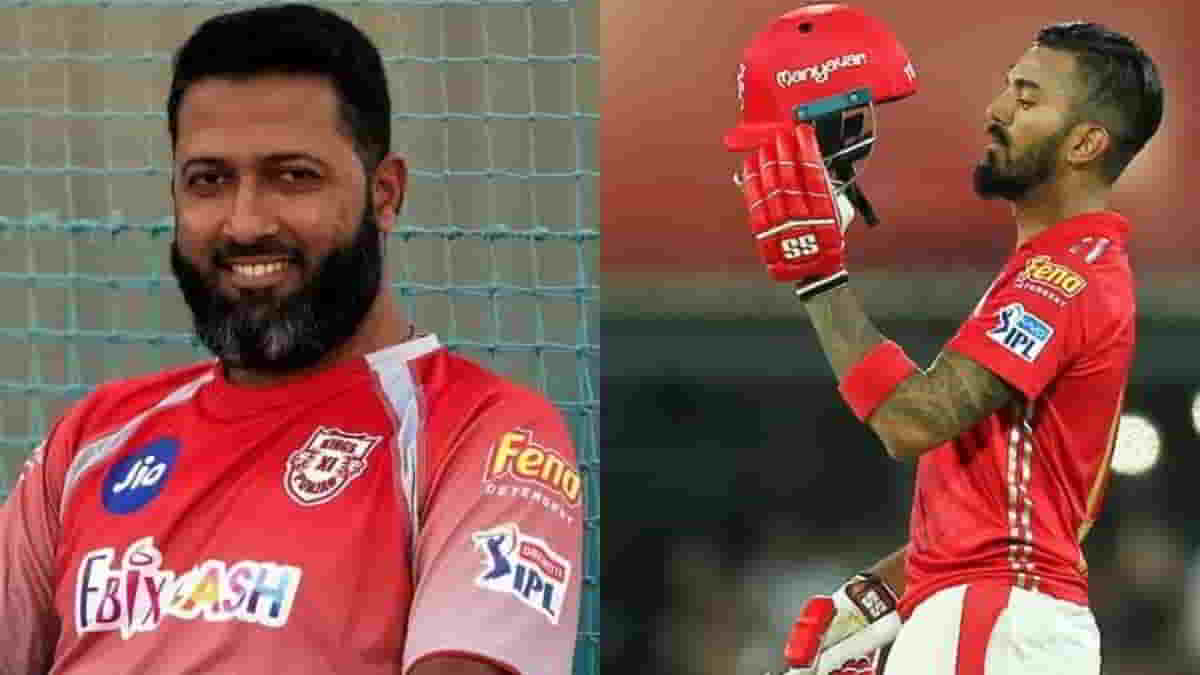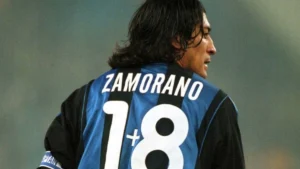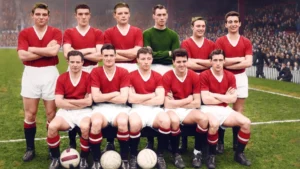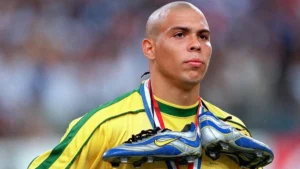From Poachers To Complete Forwards: Football is not the same sport it was twenty years ago. Tactical blueprints have shifted, managers have redefined the roles of key players, and nowhere is this more evident than in the evolution of attacking roles, especially strikers. The days of the old-school goal poacher are long gone. Modern football demands more. Strikers today are creators, pressers, facilitators, and, only then, finishers.
The Era of the Classic Poacher
Back in the late ’90s and early 2000s, teams thrived on having a poacher, someone who lived in the box, waiting for that final ball to tap in. Think Filippo Inzaghi or Ruud van Nistelrooy. These were players who weren’t too bothered about build-up play or pressing systems. Their job was crystal clear: stay between the posts and bury chances.
They didn’t drop deep, they didn’t press from the front, they were pure finishers. Teams built entire systems to service them. But as football got quicker, more aggressive, and more fluid, this type of striker became somewhat of a luxury.
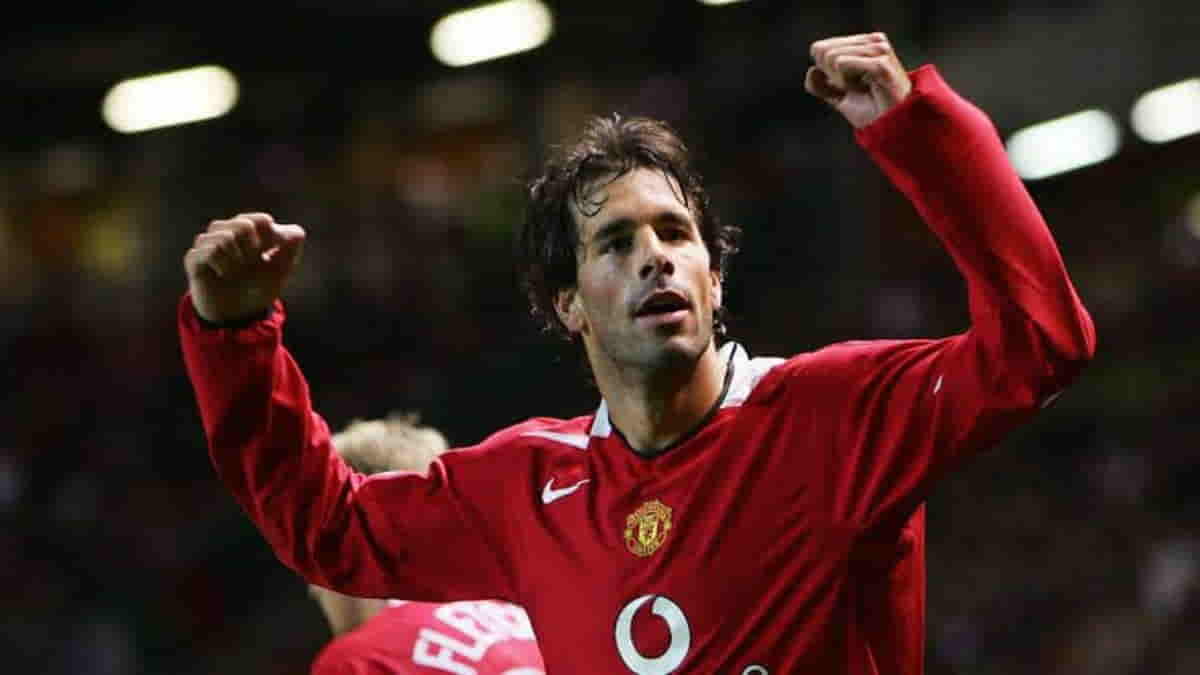
Rise of the Complete Forward
Fast forward to the 2020s, and the striker role has been completely redefined. Enter the complete forward, a hybrid monster who can do a bit of everything. Karim Benzema, Harry Kane, and Robert Lewandowski are prime examples. These players drop into midfield to create, press defenders, run the channels, link up play, and still manage to score 20+ goals a season.

Managers no longer want passengers. They want forwards who can defend from the front, drag centre-backs out of position, and be the first line of attack and defence. The modern game demands intensity, intelligence, and involvement from the No. 9.
False Nines and Fluid Frontlines
Pep Guardiola popularised the idea of the false nine with Lionel Messi during his Barcelona days. That innovation shattered the mold. A forward no longer needed to be physically imposing; they just had to be smart, technically gifted, and aware of space.

Now we see players like Kai Havertz, Cody Gakpo, or even Phil Foden playing central roles with the freedom to roam. The modern forward is often more involved in the second phase of play than ever before. They drop deep, allowing wingers or midfielders to exploit the space in behind.
Pressing Machines and Defensive Duties
Another evolution? Pressing. Today’s forwards are judged not just on goals, but on their work rate. Managers like Klopp and Tuchel demand relentless pressing. Forwards must lead the charge in disrupting the opposition’s buildup.
Even the most clinical strikers, Erling Haaland, for example, are now being coached to press and become more complete in all areas of the pitch.
Final Thoughts
We’re in an era where forwards are Swiss army knives. The goal poacher still exists in moments, especially in lower blocks or off-the-bench roles, but to lead the line for a top-tier club today, you need to be everything: creator, destroyer, and finisher. The striker of today isn’t waiting in the box anymore, they’re everywhere.





















